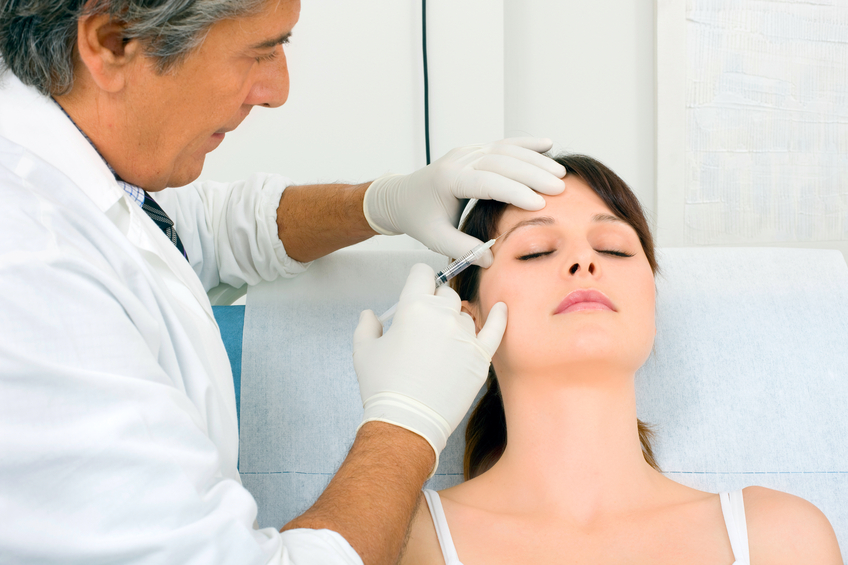Botox, commonly known for its wrinkle erasing cosmetic qualities, can be an effective treatment for people who suffer from chronic migraines.
Onabotulinum toxin A or Botox was approved by the Food and Drug Administration in October 2010 for treating patients who suffer from migraine headaches more than 15 days a month. People who receive Botox for headaches usually get the treatment about every three months.
“I usually see around 80 percent efficacy with the use of Botox,” says Dr. John Webb, St. Elizabeth Physicians Neurology. “The patient may not become headache free but there is a demonstrable decrease in the number of migraines and the intensity of the headaches. This treatment is usually offered after the failure of multiple other medicines.”
The medication, which uses a form of botulinum toxin to paralyze muscle activity temporarily, typically involves numerous small injections in the forehead, temples, back of the head, neck, and upper back. Although it’s unclear exactly how Botox prevents headaches, researchers suspect it is taken up by pain receptors in the muscles’ nerves and deactivates them, blocking pain signals to the brain. The most common side effect of Botox is neck pain and stiffness. Some patients experience weakness in the muscles of the neck and upper shoulders and, less commonly, temporary drooping of the eyelid.
Botox is not a cure and its effects are only temporary, lasting about 10 weeks.
While Botox alone is enough to help many patients control their chronic headaches, others will need to use it in combination with other treatments, Dr. Webb says. “Botox was a breakthrough in the treatment of migraines in that it gave a completely alternative form of treatment that was efficacious and relatively safe.”


